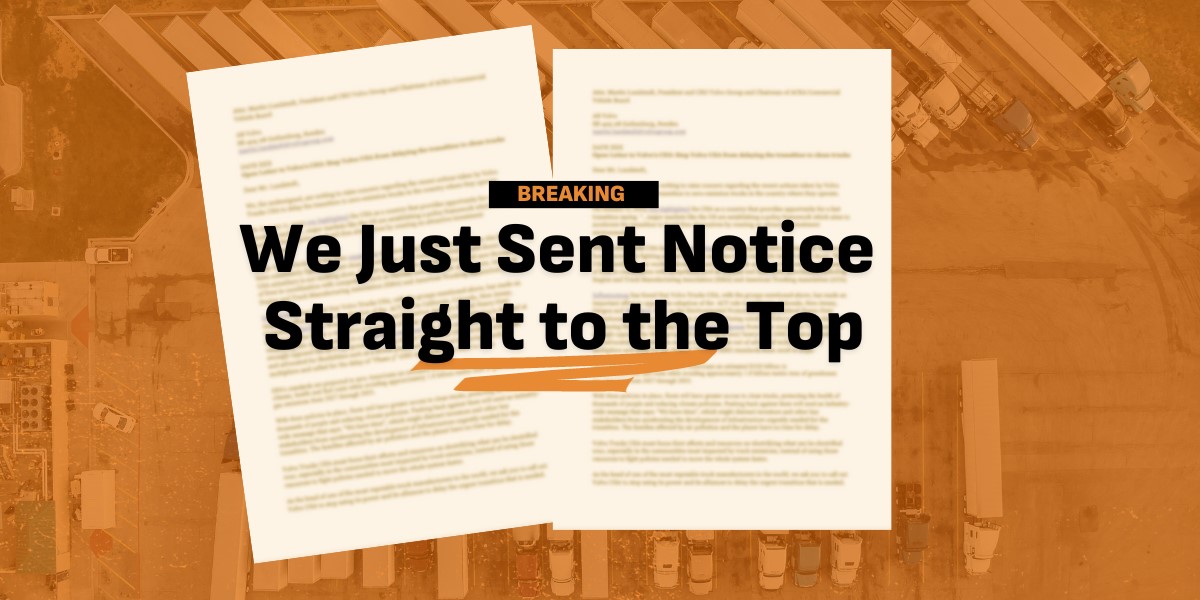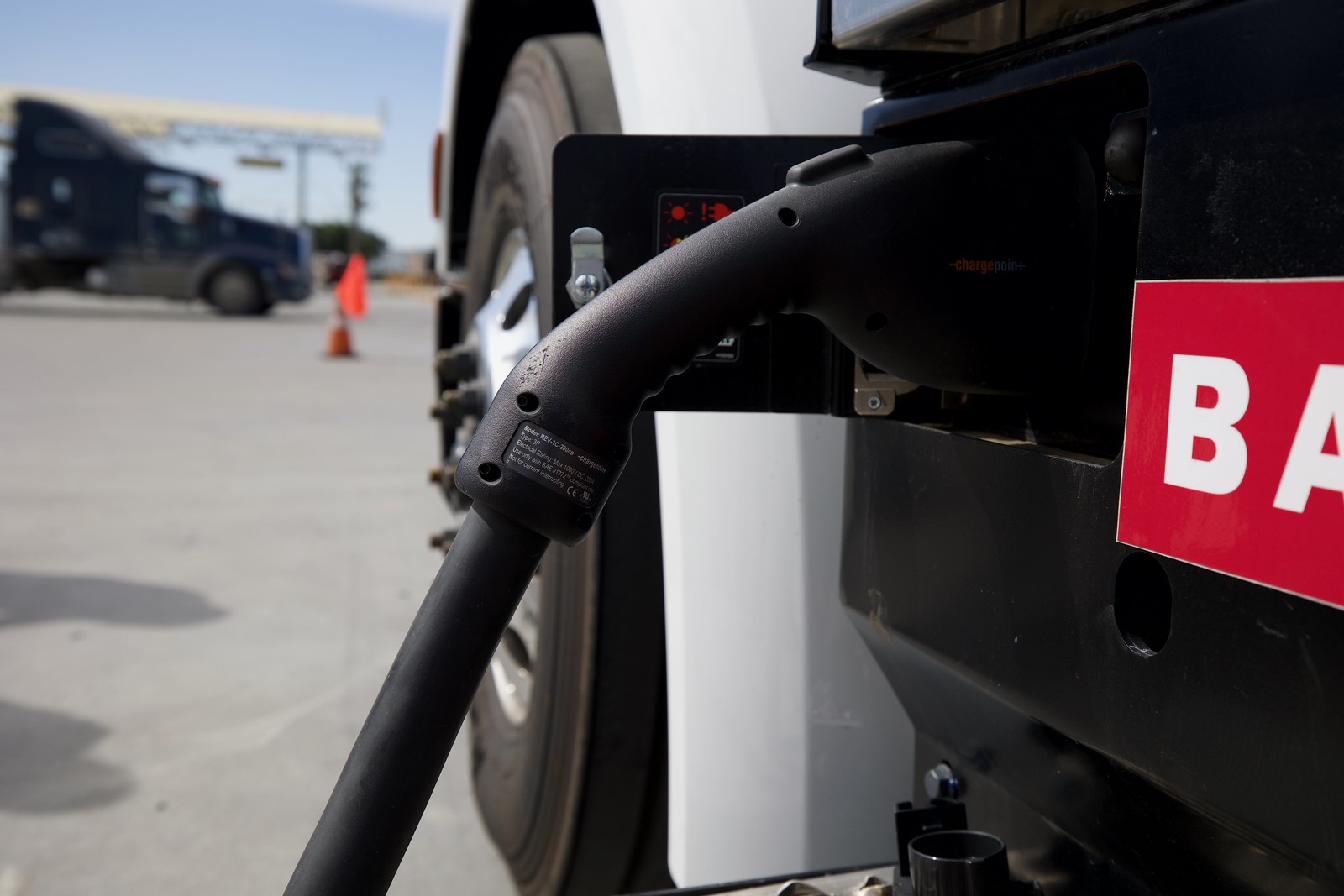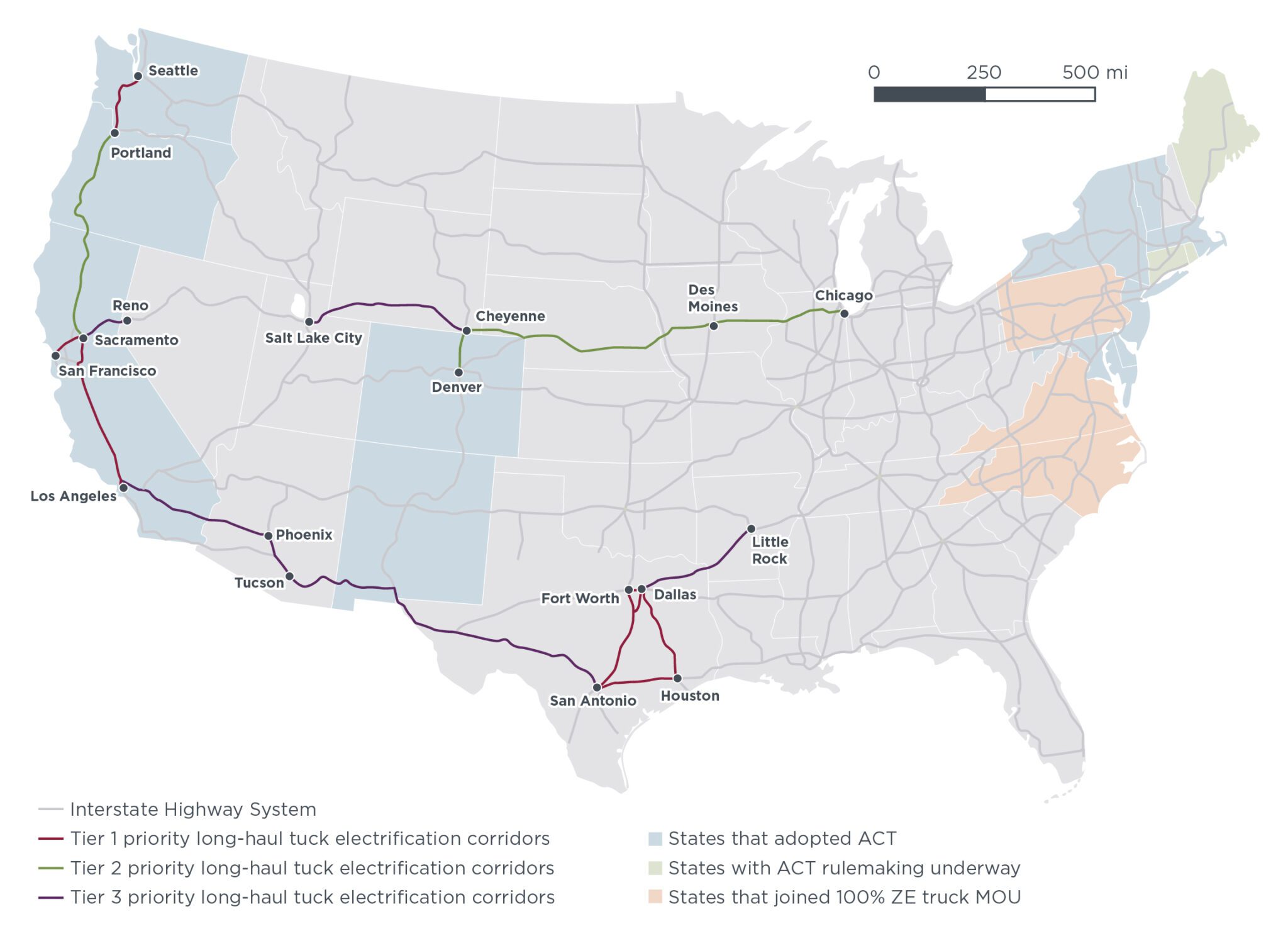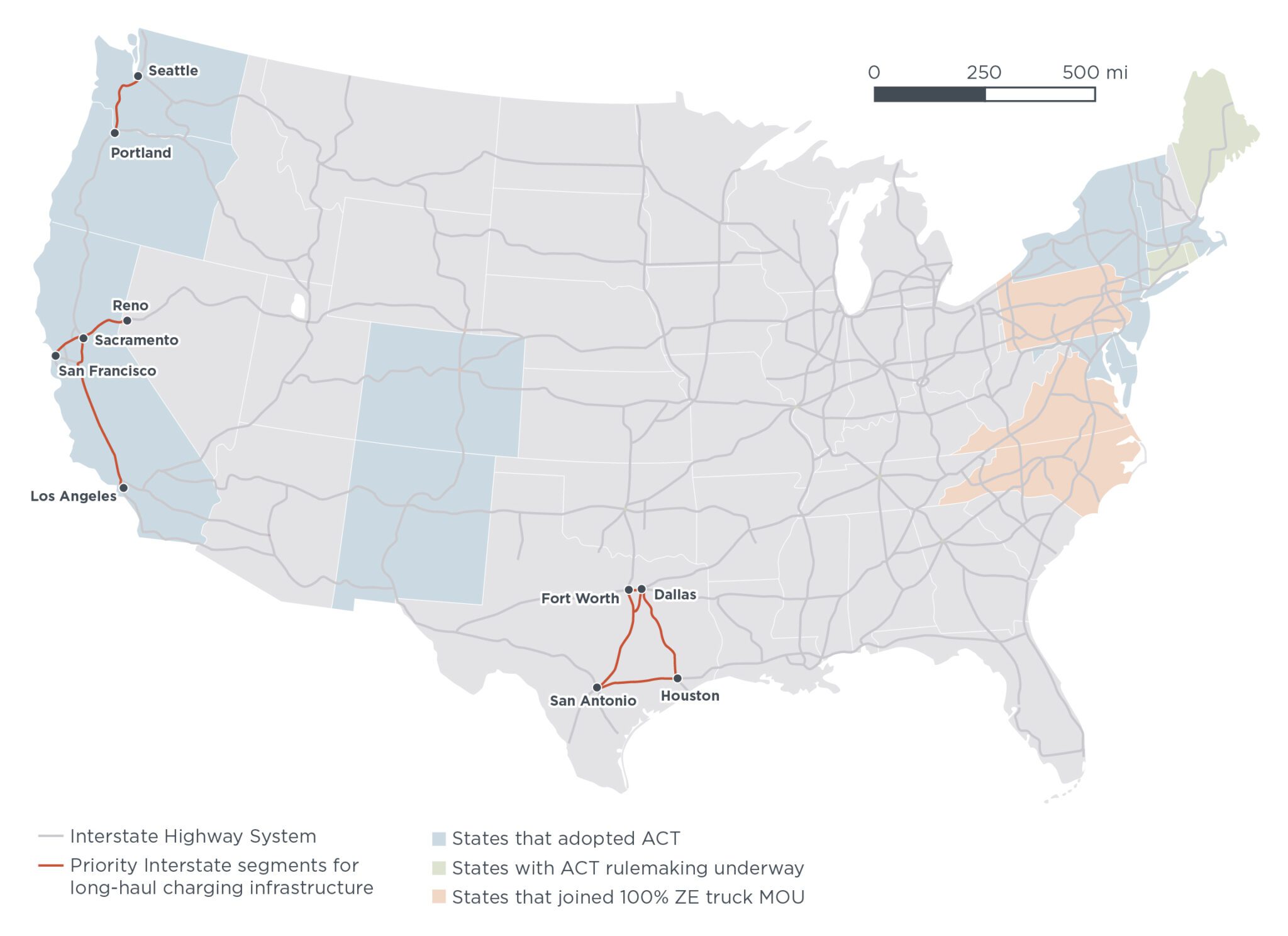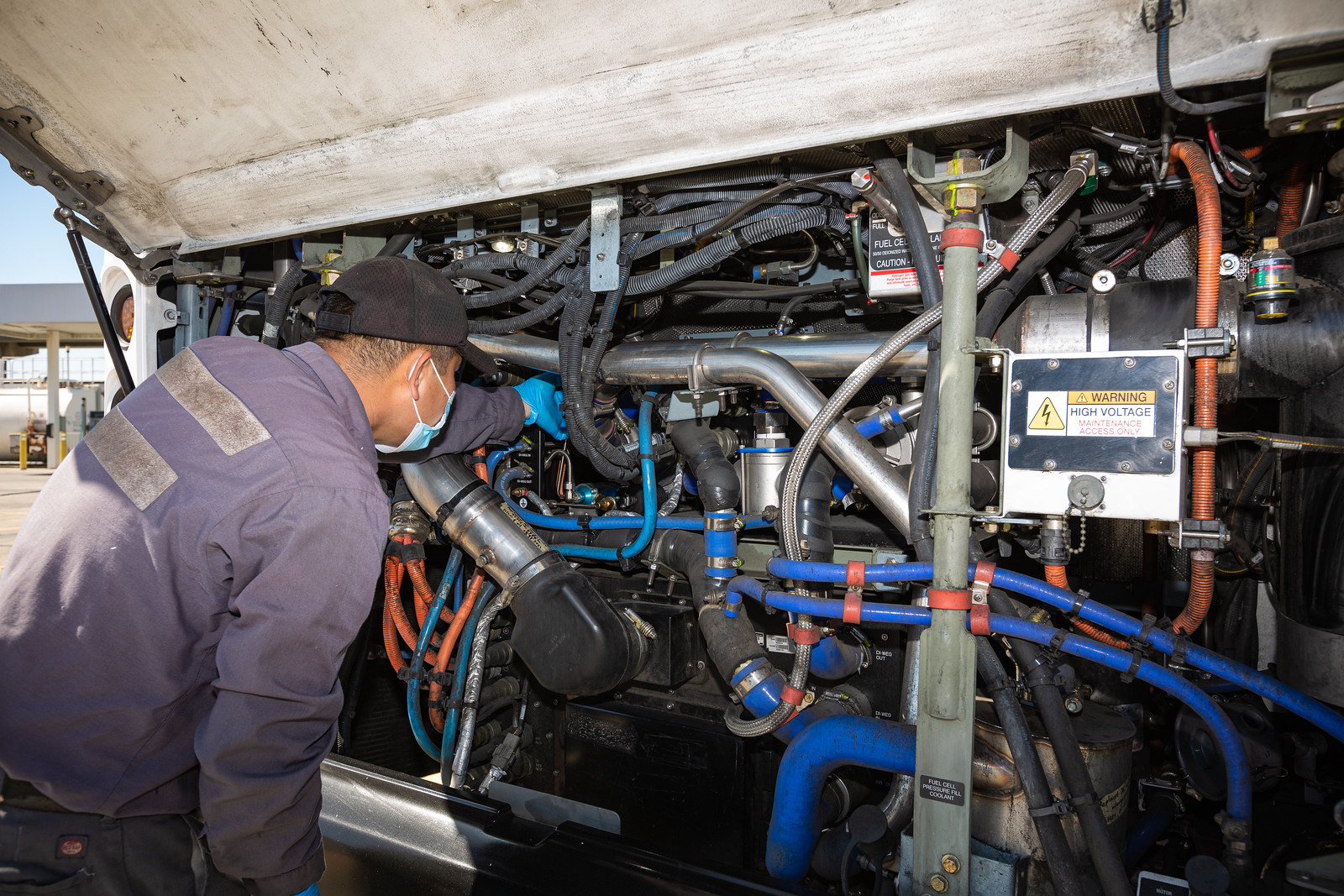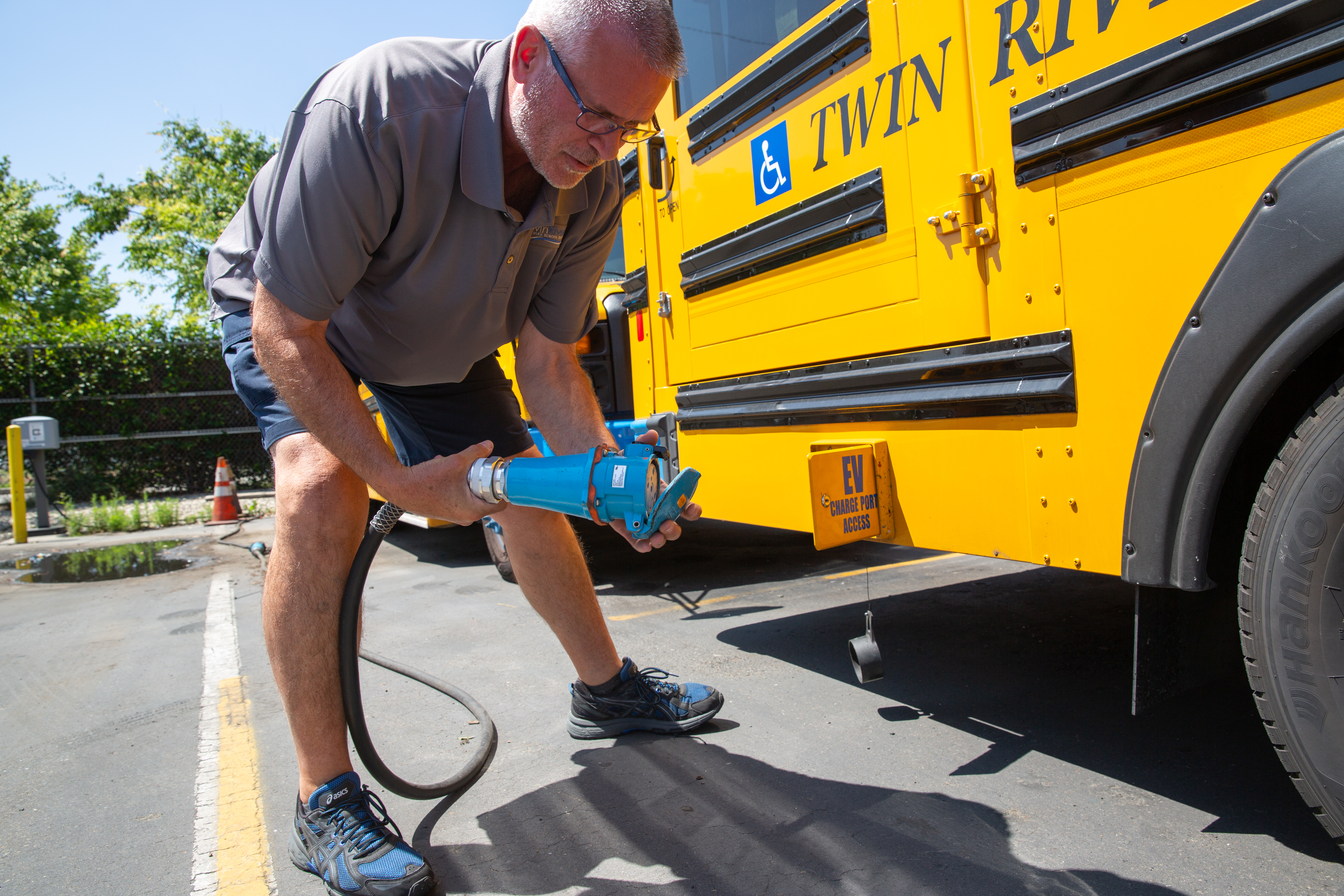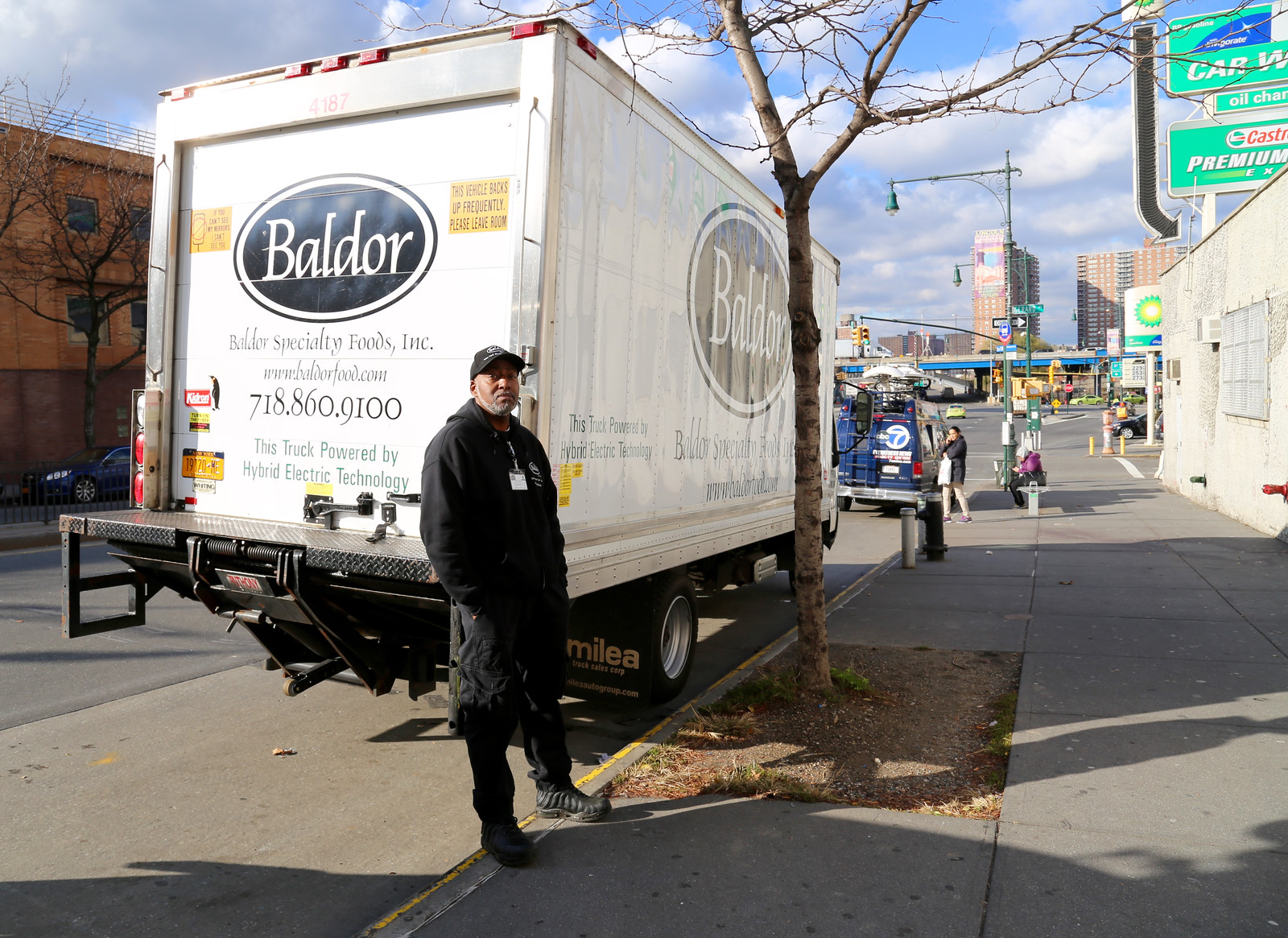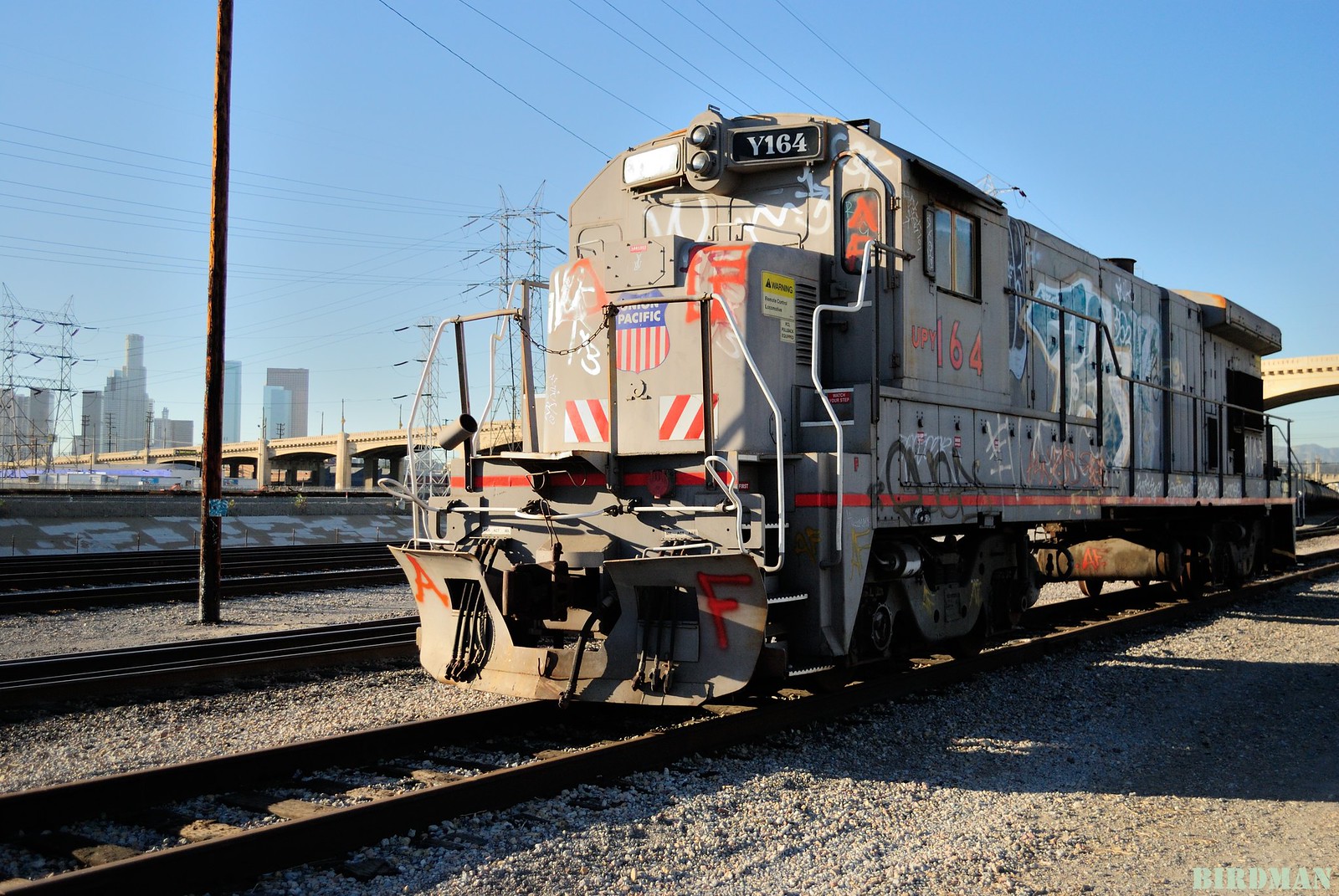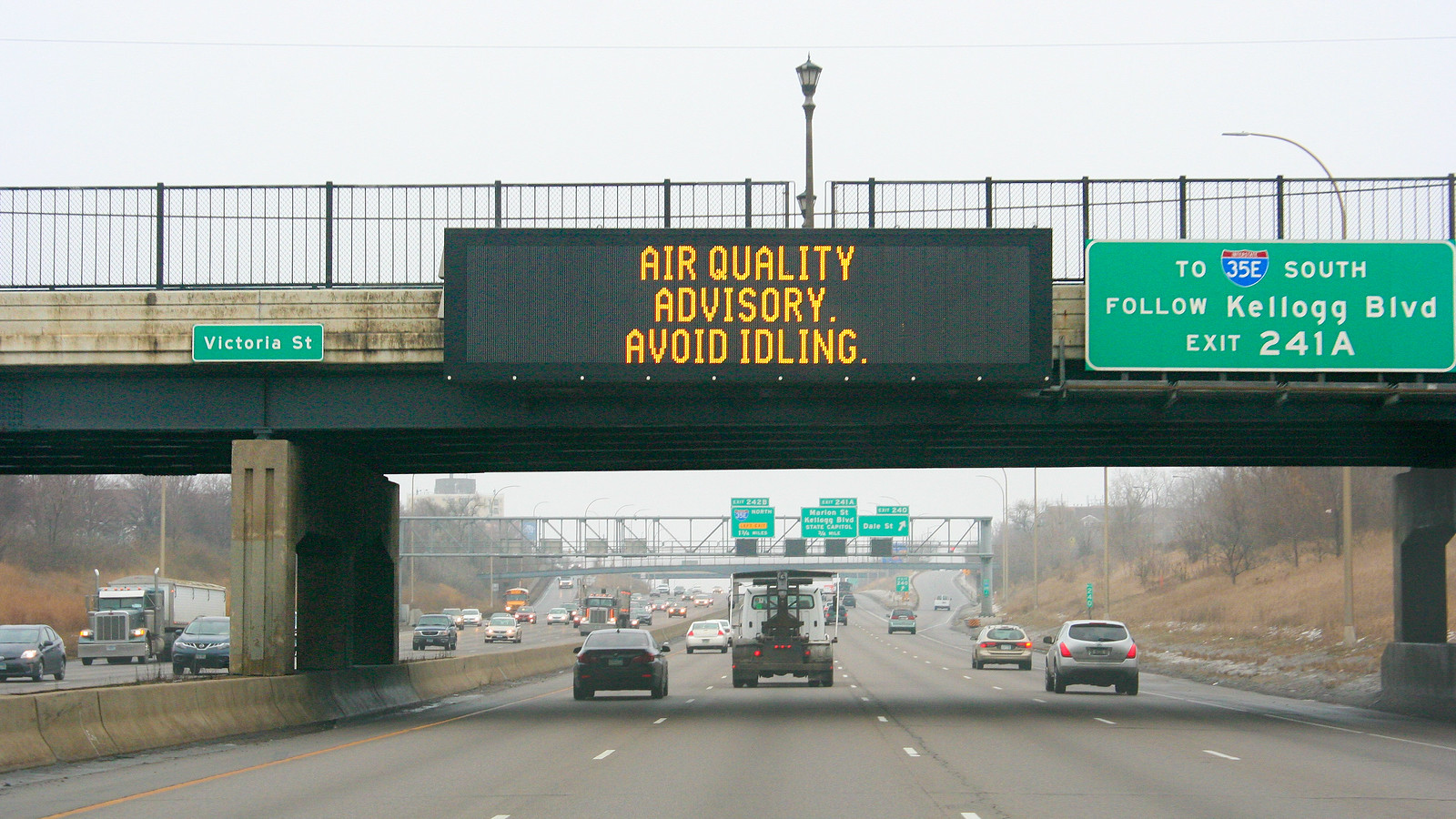|
|
Breaking: Do the CEOs of Volvo Trucks and Daimler (aka Mercedes-Benz) know their US branches are fighting to weaken vital climate rules? We just made sure they do. Behind closed doors, Volvo Trucks USA and Daimler Truck North America have been fighting tooth and nail against common sense clean air and clean truck standards in the USA. This is in direct contradiction to the stated values and commitments of their parent companies, Volvo Group and Daimler Truck AG. These standards are projected to save Americans an estimated $320 billion in climate, health and fuel costs while avoiding approximately 1.8 billion metric tons of greenhouse gas emissions from 2027 through 2055. A coalition of US based and European groups just sent urgent letters to Martin Lundstedt (President and CEO Volvo Group) and Martin Daum (Chairman, Daimler Truck AG) to step in and urge their US-based counterparts to stop using their power and industry associations to delay the transition to zero-emission trucks. |
Updated December 14, 2023
There’s a solution to cleaning up decades-long pollution in port and freight communities, and it comes down to the Environmental Protection Agency (EPA) finalizing a strong clean trucks rule. With a rule that sets a clear path to the end of combustion trucks, we can finally clean up communities blighted by decades of truck pollution all over this country and build a world-leading, electrified, and reliable supply chain for the critical freight sector—creating good jobs and clearer skies.
A strong rule is possible—because electrifying our trucks and building out charging infrastructure is possible. And a strong rule is absolutely necessary—because addressing transportation pollution means advancing environmental justice, cleaner air, healthier communities, and a more livable planet.
But some truck manufacturers—like Volvo and Daimler—and their trade associations, like the Engine and Truck Manufacturing Association (EMA) and American Trucking Association (ATA), are putting up a fight against these clean air and clean truck standards behind closed doors. Despite taking millions in public money for their new electric trucks.
And while every one of the nation’s big truck engine manufacturers already agreed to 100 percent zero-emission vehicle sales in California (the nation’s largest market) by 2036, these same companies have now turned around to quietly lobby to weaken, stall, rollback, or cheat the federal clean trucks rule, claiming they are too ambitious under the existing timeline and infrastructure demands.
What Truck Companies and Trade Groups Say to the Public vs. Say to EPA
They make big corporate commitments, run massive PR campaigns appearing to support decarbonizing the sector, and then fill EPA’s regulatory docket with comments full of objections that they really hope you won’t compare to their public claims. But we checked:
American Trucking Association (ATA)
| Publicly Claiming | Quietly Lobbying | |
| "ATA is committed to adopting policies that improve our emissions profile. To that end, we work closely with EPA and other stakeholders to develop emission standards for trucks. These partnerships save billions in fuel consumption, fuel costs, and emissions for fleets." | "ATA is concerned that EPA’s proposed Heavy-Duty Greenhouse Gas Phase 3 regulation will push electrification in an industry that unfortunately isn’t ripe to adopt the technology yet." |
Volvo Trucks
| Publicly Claiming | Quietly Lobbying | |
| "Electric trucks are now becoming a reality and a viable solution for cities and businesses, contributing to quieter cities, cleaner air, and efficient transport." | “Our customers will not purchase zero-emission trucks unless both the vehicles and the fuels are cost-effective and readily available so as not to negatively impact their business operations.” |
Daimler Truck North America (DTNA)
| Publicly Claiming | Quietly Lobbying | |
| "At Daimler Truck North America, we are poised to transform the movement of freight and people by leading the charge to electric commercial vehicles while delivering the world’s best customer experience for fleets and drivers alike." | “No new Phase 3 CO2 standards should apply until [Model Year] 2030…success is ultimately determined by myriad market forces greater than manufacturers alone can control… DTNA believes EPA’s Alternate Proposal is unrealistic and unachievable.” |
Truck and Engine Manufacturers Association (EMA)
| Publicly Claiming | Quietly Lobbying | |
| "EMA and its members remain fully committed to collaborating with EPA and other stakeholders as we work toward our shared vision for a zero-emission commercial vehicle future." |
“EPA’s Phase 3 NPRM [Notice of Proposed Rulemaking] has missed the mark by a wide margin. EPA has premised the NPRM on significantly overstated predictions of future ZEV-truck adoption rates...The net result is an NPRM that is fundamentally flawed and unworkable. Indeed, without very substantial revision, EPA’s Phase 3 proposal will amount to an arbitrary, capricious and wholly unreasonable rulemaking.” |
All this industry hand-wringing over infrastructure is a delay tactic. The best and fastest way to get big investments in the charging and fueling stations needed for zero-emission trucks is, of course, a strong federal rule requiring those trucks. Such a rule would send a clear signal to private and public entities to direct more funds to bring infrastructure online.
So, when industry says that we need to build up all that infrastructure before a rule requires it, and that only then could there be a rule, what they are really saying there should be no rule at all. They would prefer to hide behind this fake technical argument and continue poisoning communities with combustion trucks for years to come without any real federal push to do better.
But it’s time to call their bluff. With billions available in Inflation Reduction Act (IRA) and Bipartisan Infrastructure Law (BIL) funding, the public sector can accelerate progress—and demolish this fake talking point—by charting a clear path forward, combining strong rules with smart investments. Fortunately, the White House can help the U.S. accelerate to 100 percent zero-emission trucks and build out the charging infrastructure we need by creating a national strategy for freight electrification alongside the final heavy-duty vehicle rule.
There’s Billions to Fund Truck Charging Infrastructure
The White House has already made significant progress in expanding the charging network for light-duty vehicles, capitalizing on nearly $24 billion in funds for public charging infrastructure—setting us up to exceed the goal of 500,000 public chargers by 2030. But we can’t just focus on light-duty vehicles.
Heavy-duty vehicles, like trucks and buses, make up only 10 percent of vehicles on the road but a disproportionate proportion of the transportation sector’s nitrogen oxide, particulate matter (PM), and greenhouse gas pollution. Pollution from diesel trucks is especially dangerous. Low-income communities and communities of color are more likely to live in “diesel death zones,” where truck pollution puts them at greater risk of heart and lung disease, cancer, asthma, and even death.
Delaying or weakening EPA’s clean trucks standards delays relief for families who are forced to breathe in toxic fumes daily and denies cleaner air for communities living with the impacts of environmental racism and redlining that have made them more endangered by the harms of truck pollution.
Luckily, there are billions of dollars in public investment on the table to support heavy-duty charging infrastructure deployment—just as the administration used for light-duty charging.
EPA, as well as the Departments of Energy (DOE) and Transportation (DOT), and states have unprecedented amounts of funding through:
- The Climate Pollution Reduction Grants program
- DOT’s National Electric Vehicle Infrastructure Formula Program (NEVI)
- Green bank programs within the Inflation Reduction Act (IRA)
- DOT’s Alternative Fuels Corridor and Charging and Fueling Infrastructure Discretionary Grant programs
- Grants and loan financing through DOE’s Loan Programs Office
- EPA’s Clean Ports Program and more
With billions on the table for heavy-duty vehicle electrification infrastructure, it’s critical that money flows to states, local and Tribal governments, and communities effectively. Now, it’s on the White House to ensure these funds are successfully coordinated to make these ambitious standards a reality.
